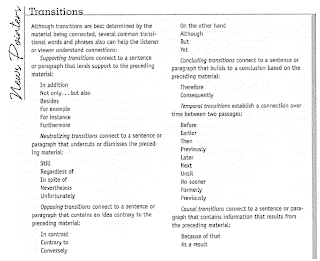Merry Christmas and a Happy New Year to the person reading this to!
Let's start back at the beginning of the holidays. I'm apart of the Stable volunteers bunch my role is marketing. So, I was apart of much of the pre-event marketing as well as keeping people up-to-date throughout the event with the latest goss. My idea for Stable this year was to produce a nightly Youtube video that captures an aspect of what the event is like. So, I figured why not attempt a stand-up infront of the camera and be the face of Stable??? Well, I did and I must say I'm not afraid to look stupid on camera. Watch some of the videos I did for Stable on the Strand at http://www.youtube.com/stableonthestrand11. (I'm the guy who can't stop smiling on cameras)
One point I did take from creating a story each night for Stable was always do your research before interviewing somebody. Which comes down to my next part of the holidays.I'm currently typing this Blog entry from a home in Denistone which is located in Sydney. Why am I down here and not in Townsville you ask? Well I'm here for my work / site My Suburban News. I've found a story down here covering the Sydney New Years Eve (NYE) of 2011 !!!!! So, tomorrow I'm meeting the Lord Mayor of Sydney, Clover Moore. Which should be a great experience, like I mean I've interviewed Mayors before.... But not a Lord Mayor??? Wonder how much more different it is interviewing a Lord Mayor? hmm. Time will tell.
Oh, I've learn my lesson, as I'm typing this I'm actually also reading up some information on the NYE celebrations this year from the media releases I've been receiving from the Sydney City Council's Communications department.Anyway, that's about all I can type about for now. Feel free to comment I'll get back to you as soon as I check that email. Oh, if your starting Uni in 2012 at JCU... Good luck and come and find me somewhere..I think I'm there four days out of five this year.
If your studying journalism and would like some experience be sure to get in contact with us and I can give you some experience out in the field on your free Uni days.
On the holiday side of this deal... I explored Katoomba today in the Blue Mountains!! Was awesome check out my photos here.
P.s. I write really horridly when it's not getting marked. AKA this blog entry.








